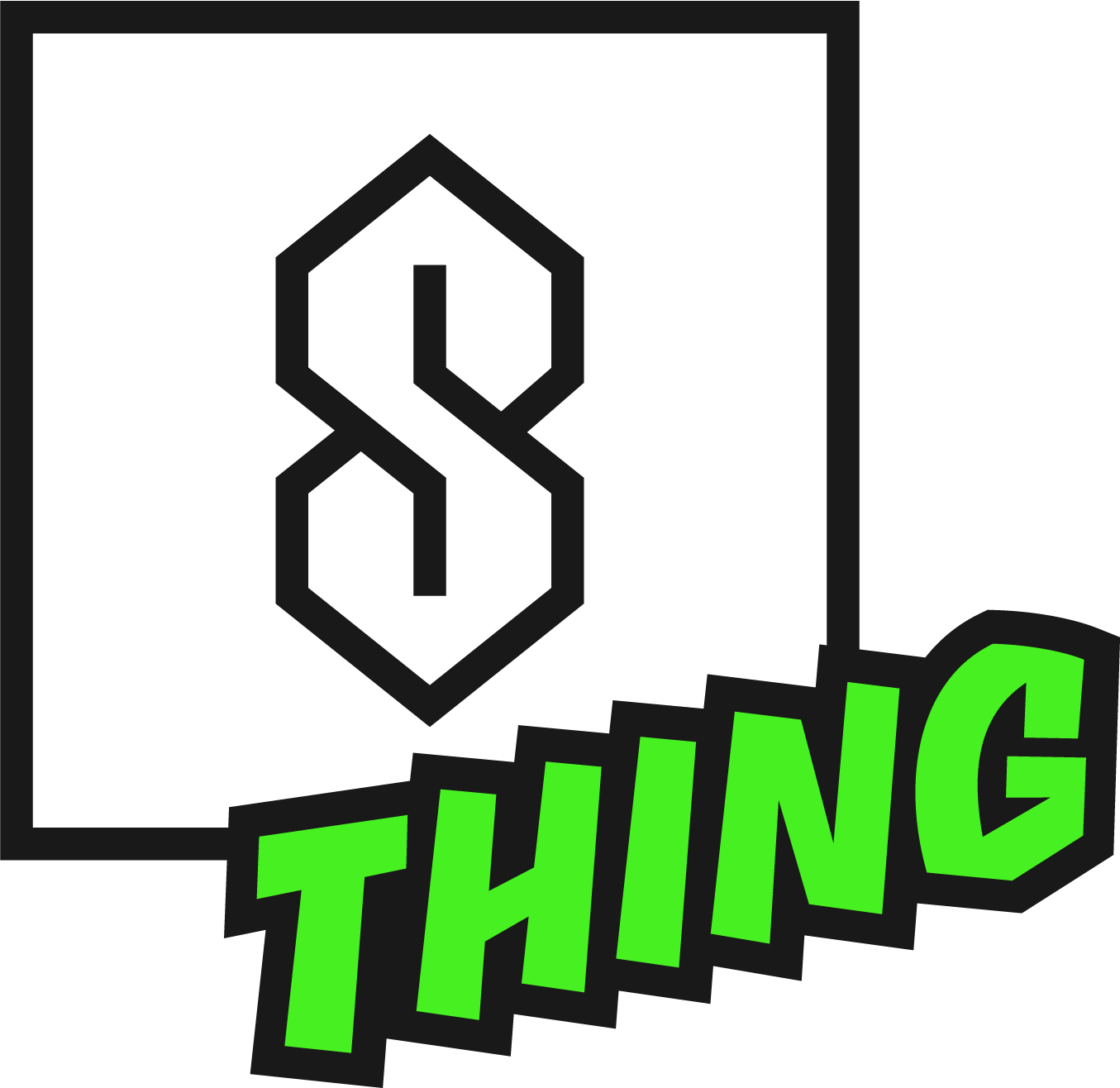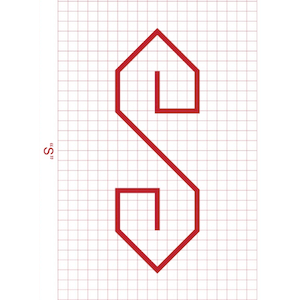Were the Dacians the inventor of the S? This is certainly one of the earliest and perhaps closest resemblance to the S that we have discovered. But what does it mean? Let's dig a little deeper.
The Dacians, ancestors of today's Romanians were a civilization which lived in present-day Romania, in Eastern Europe, mainly in nowadays Transylvania. They formed their settlements during the 3rd to 1st century BC.

The Dacian men were hefty with rugged features, wore beards and long hair, while the Dacian women were beautiful with stiff, severe but expressive features. The Dacian’s clothes resembled the current Romanian traditional costumes. The Dacian mythological elements are found today in the sewed traditional motifs, each model having a social and spiritual message.


We did some research on these motifs (repeating patterns) and came across a small town in Romania called Ciocănesti in the Suceava County. This town became famous about 70 years ago when a local woman named Leontina Țăran painted her uniquely traditional style home with colourful motifs. A trend that instantly took the town by storm and now all 600+ houses are decorated this way; a mandate for the town.

We then found a local brochure for Ciocănesti that gave examples of the traditional motifs used on tapestry, clothing and houses. It included the graphical reference to the Cultul Solar ''Solar Cult or Sun Cult''. On this graph it shows 7 different traditional motif designs like a Rams Head, Crosses and Eyes. The design which is strikingly similar to the modern day 'S' is listed under 'Spirala' (Spiral) and named simply as 'S'.

The modern day S has two popular styles. The mobius strip/infinity style (same as our logo) and then what I call the 'closed S' that has horizontal lines closing it out.
When comparing the design of the S on the Cultul Solar, we notice that the similarities are extremely close. The only differences are that one diagonal line is missing and the one showing is at a wider angle.

Here at The S Thing, we are excited about this historical find. It is truly one of the closest representations of the modern day S, with proof of its use in traditional culture. Whilst we don't believe ancient Dacians or the people of Ciocănesti were specifically responsible for the international popularity of the modern day S (there's many reasons), they certainly represent hundreds of generations of people who for 1000's of years, simply loved drawing the S on everything.....even their houses!





1 comment
RESPECT – @jgspdx